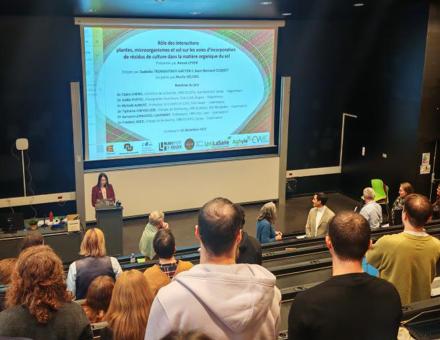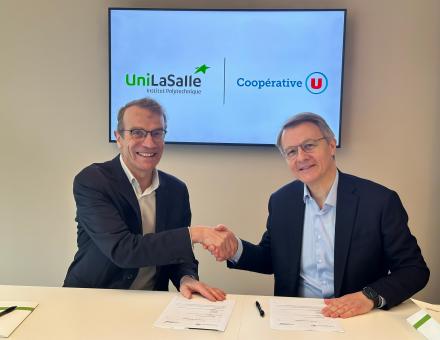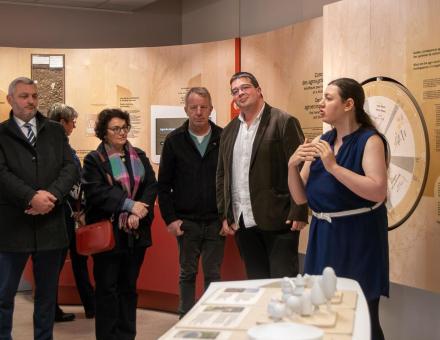Researchers of the VAM²IN Unit are participating in the setting up of a cartography in order to characterize the plant particles incorporated in plant concretes whose durable properties are seducing more and more building industrialists.
The design of construction materials generates a significant percentage of greenhouse gas emissions. Its evolution, towards a more virtuous production, is one of the main action levers targeted by the French regulatory changes (RE2020) in recent years. As such, concrete made from vegetable particles, an area in which France has been a forerunner for some twenty years, provides a relevant response to this ambition.
Today, French expertise is internationally recognized and technical solutions have acquired sufficient maturity to meet growing demand from manufacturers in the sector: "The building industry is undergoing profound change," explains Hélène Lenormand, a associate professor in the "Processing and Agro-resources" research unit. "It is a very energy-intensive sector due to the use of buildings (heating...) but also because of the production of construction materials. It is necessary to improve the energy performance of buildings and reduce their environmental footprint". The incorporation of biomass* in building materials thus makes it possible to act on these two aspects: plants are naturally porous materials. They provide thermal insulation and also enable carbon to be stored. Today, the focus is therefore on the development of high-performance bio-sourced construction materials (thermal, acoustic, hygrothermal comfort).
Standards, a guarantee of quality
At present, many raw materials are already in use (hemp, wood, flax, miscanthus, etc.) and the potential for development remains extremely wide, whether it be through agricultural co-products (rapeseed, sunflower, corn, rice, etc.), waste recycling (bagasse, wooden pallets, etc.), or the use of new materials (e.g., wood, wood chips, etc.). "All of these raw materials offer plant particles that can potentially be used to make plant concrete and are very diverse," continues Hélène Lenormand. "But despite the numerous studies carried out, their characterization has not been supervised until now! ». The characterization protocols do not yet benefit from established standards and this deficiency is a major obstacle to the various steps required for significant market development.
The objective of the NG2B project is thus to establish a general framework for the characterization and classification of plant particles according to their origins and target applications. It will be based on the numerous R&D works already carried out alongside ADEME and RILEM* and will make it possible to carry out an "identity card" of plant particles intended for the manufacture of concrete: "It will initially be a question of identifying the relevant characteristics to qualify / discriminate the plant particles, then listing the various existing methods of characterization of plant aggregates in order to identify the strengths and weaknesses".
As the project needs to obtain a broad consensus on the structuring of a future standard, all the actors of the vegetal concrete industry, from the upstream agricultural sector to the final users, will be involved. Within this framework, the constitution of the consortium is based on a perfect complementarity between partners from Research & Development, sectors and industrialists.
* (International Meeting of Laboratories and Materials Experts - TC 236-BBM - Biobased Building Materials - and TC HDB - Hygrothermal and Durability of Biobased Building Materials).
* Biomass: Biomass refers to all organic matter (food residues, wood, leaves) that can be transformed into energy.






